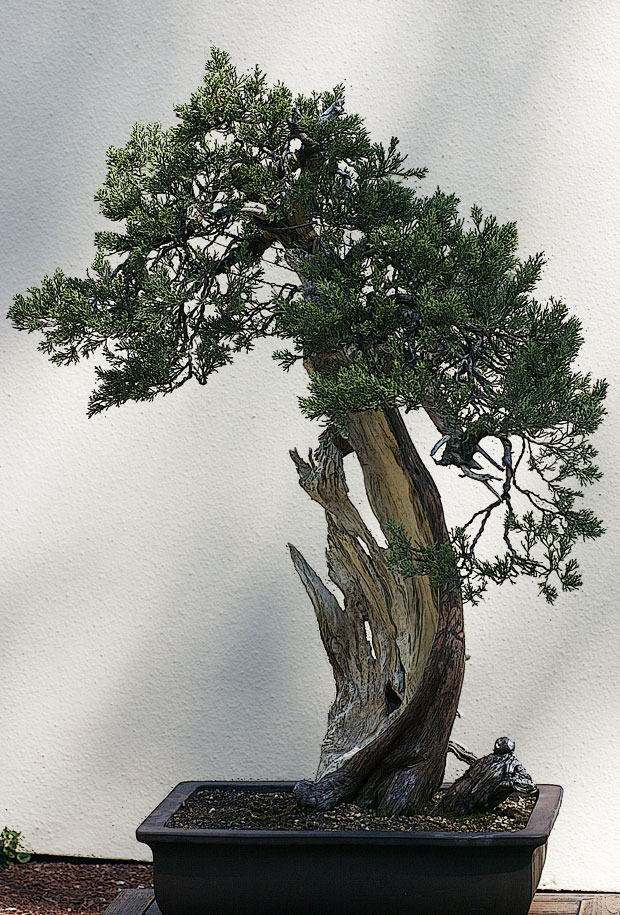If you love poetry, and obviously I do, it’s hard not to love Bachelard’s introduction to The Poetics of Space because he argues that poetry lies at the very heart of creativity, if not the essence of the human soul. I’d like to believe everything he says is true, but in my heart I have some real reservations about several of his assertions even if others seem right on the mark.
A Platonist at heart, I tend to believe in Jungian archetypes, but I’ve never heard the interpretation Bachelard offers here:
Later, when I shall have occasion to mention the relation of a new poetic image to an archetype lying dormant in the depths of the unconscious, I shall have to make it understood that this relation is not, properly speaking, a causal one. The poetic image is not subject to an inner thrust. It is not an echo of the past. On the contrary: through the brilliance of an image, the distant past resounds with echoes, and it is hard to know at what depth these echoes will reverberate and die away. Because of its novelty and its action, the poetic image has an entity and a dynamism of its own; it is referable to a direct ontology.
This, of course, seems just the opposite of Jungian psychology which defines an archetype as “a primitive mental image inherited from the earliest human ancestors, and supposed to be present in the collective unconscious.�? Is the poet merely responsible for discovering an archetype, or is Bachelard actually suggesting that the poet is responsible for establishing an archetype? I suspect Bachelard would argue that an archetype can’t exist until it is put into words; thus, particular poets have invented the archetypes that are a part of literature.
As I’ve noted before, reading poetry is about as close as I come to formal religion, and I look to it for spiritual enlightenment. Still, I have some problems going along with this argument:
In many circumstances we are obliged to acknowledge that poetry is a commitment of the soul. A consciousness associated with the soul is more relaxed, less intentionalized than a consciousness associated with the phenomena of the mind. Forces are manifested in poems that do not pass through the circuits of knowledge. The dialectics of inspiration and talent become clear if we consider their two poles: the soul and the mind. In my opinion, soul and mind are indispensable for studying the phenomena of the poetic image in their various nuances, above all, for following the evolution of poetic images from the original state of revery to that of execution. In fact, in a future work, I plan to concentrate particularly on poetic revery as a phenomenology of the soul. In itself, revery constitutes a psychic condition that is too frequently confused with dream. But when it is a question of poetic revery, of revery that derives pleasure not only from itself, but also prepares poetic pleasure for other souls, one realizes that one is no longer drifting into somnolence. The mind is able to relax, but in poetic revery the soul keeps watch, with no tension, calmed and active. To compose a finished, well-constructed poem, the mind is obliged to make projects that prefigure it.
This certainly offers a very different interpretation to my earlier comment on daydreaming, doesn’t it? It’s clear Bachelard attaches a different meaning to daydreaming then the one I’ve been accustomed to.
I certainly agree with Bachelard’s argument that poetry, at least good poetry, resonates with the reader:
The resonances are dispersed on the different planes of our life in the world, while the repercussions invite us to give greater depth to our own existence. In the resonance we hear the poem, in the reverberations we speak it, it is our own. The reverberations bring about a change of being. It is as though the poet’s being were our being. The multiplicity of resonances then issues from the reverberations’ unity of being. Or, to put it more simply, this is an impression that all impassioned poetry-lovers know well: the poem possesses us entirely. This grip that poetry acquires on our very being bears a phenomenological mark that is unmistakable. The exuberance and depth of a poem are always phenomena of the resonance-reverberation doublet. It is as though the poem, through its exuberance, awakened new depths in us. In order to ascertain the psychological action of a poem, we should therefore have to follow the two perspectives of phenomenological analysis, towards the outpourings of the mind and towards the profundities of the soul.
The more a poem resonates and reverberates with its readers, the greater it is. The greatest poems help to define us and to determine how we see the world. Of course, I would argue that all great art does this, whether it’s a famous painting like Edvard Munch’s “The Scream,�? Picasso’s “Guernica,�? or a famous movie, not just poetry.
I also think that great poems like this can create permanent changes in us:
After the original reverberation, we are able to experience resonances, sentimental repercussions, reminders of our past. But the image has touched the depths before it stirs the surface. And this is also true of a simple experience of reading. The image offered us by reading the poem now becomes really our own. It takes root in us. It has been given us by another, but we begin to have the impression that we could have created it, that we should have created it. It becomes a new being in our language, expressing us by making us what it expresses; in other words, it is at once a becoming of expression, and a becoming of our being. Here expression creates being.
To the extent that we internalize it, we make the poem ours and share in its creation, and out own creation.
Bachelard’s distinction between the phenomenologist and the literary critic is a good one:
Here the phenomenologist has nothing in common with the literary critic who, as has frequently been noted, judges a work that he could not create and, if we are to believe certain facile condemnations, would not want to create. A literary critic is a reader who is necessarily severe. By turning inside out like a glove an overworked complex that has become debased to the point of being part of the vocabulary of statesmen, we might say that the literary critic and the professor of rhetoric, who know-all and judge-all, readily go in for a simplex of superiority. As for me, being an addict of felicitous reading, I only read and re-read what I like, with a bit of reader’s pride mixed in with much enthusiasm.
Of course, that’s precisely the way I feel when I write about poetry here. I have no desire to be a literary critic. I am a poetry aficionado searching for poems to love, not a critic.


